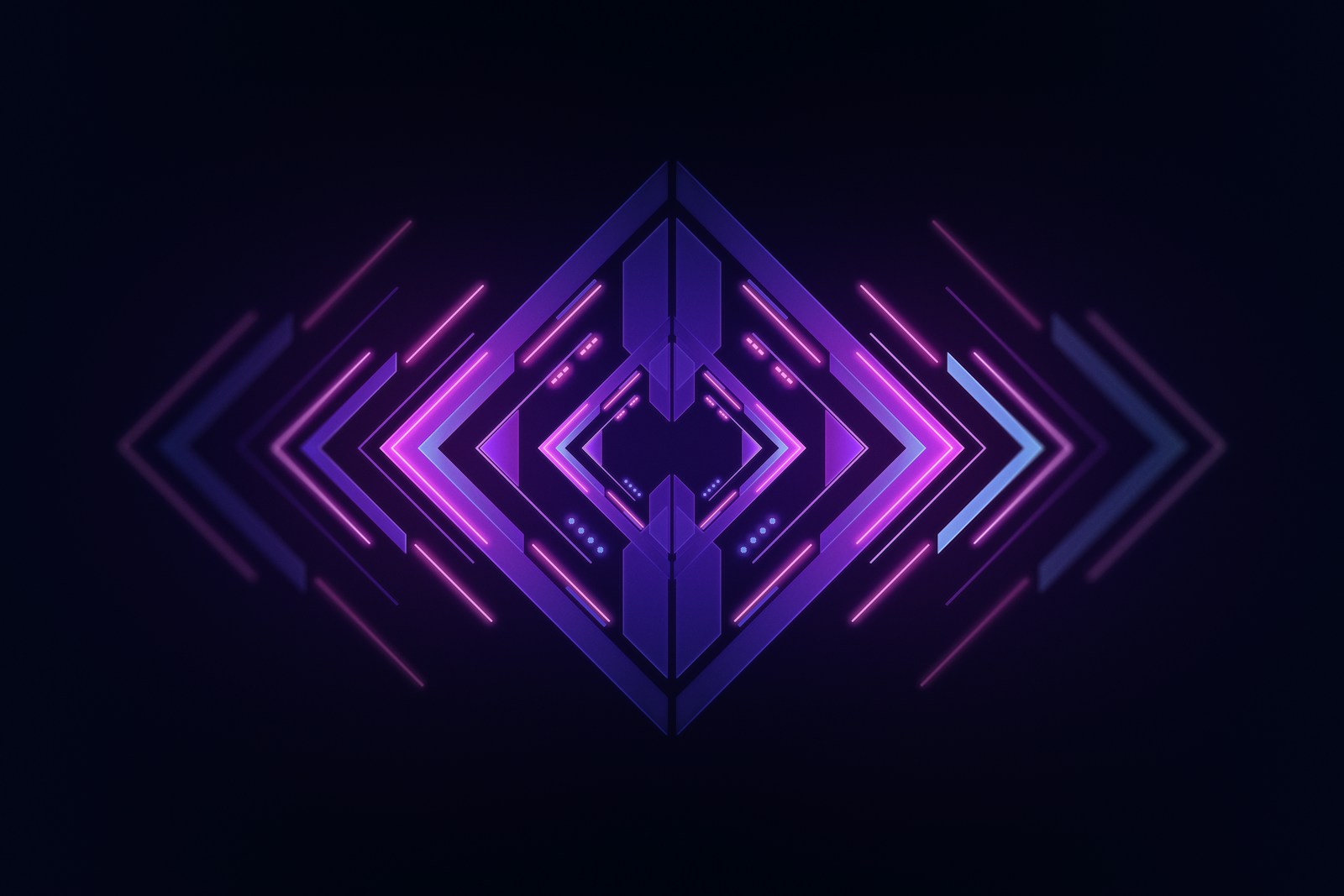In the realm of artificial intelligence (AI), the ability to perceive and understand images has been a significant area of development. As an AI enthusiast and entrepreneur deeply entrenched in technology, I’ve often pondered the question: Can AI truly see images? Let’s delve into this fascinating topic and explore the advancements that have brought us closer to bridging the gap between machines and visual comprehension.
Understanding AI’s Perception of Images
At the heart of AI’s ability to “see” lies the concept of computer vision. Computer vision is the field dedicated to enabling machines to interpret and understand the visual world, much like humans do. It involves tasks such as image recognition, object detection, and scene understanding.
Image Recognition
Image recognition, a cornerstone of computer vision, involves training algorithms to identify objects, patterns, and even faces within images. This capability has widespread applications, from facial recognition in security systems to identifying objects in self-driving cars.
Object Detection
Object detection takes image recognition a step further by not only identifying objects but also locating them within an image. This technology is crucial for applications like surveillance, where detecting specific objects or people in real-time is essential.
Scene Understanding
Scene understanding aims to give AI systems a deeper comprehension of the context in which objects exist within an image. It involves understanding relationships between objects, inferring spatial information, and grasping the overall scene’s meaning.
The Role of Deep Learning in Visual Perception
Deep learning, a subset of machine learning, has revolutionized the field of computer vision. By leveraging neural networks with multiple layers, deep learning models can automatically learn features from raw image data, enabling more accurate and robust image understanding.
Convolutional Neural Networks (CNNs)
Convolutional Neural Networks (CNNs) are the backbone of many state-of-the-art computer vision systems. These neural networks are designed to automatically learn hierarchical representations of images, starting from simple features like edges and textures and progressing to more complex concepts.
Transfer Learning
Transfer learning has emerged as a powerful technique in computer vision, allowing models trained on large datasets, such as ImageNet, to be repurposed for new tasks with smaller datasets. This approach significantly reduces the need for vast amounts of labeled data and accelerates the development of new visual perception models.
Applications of AI in Image Analysis
The ability of AI to “see” images has led to a myriad of practical applications across various industries. From healthcare to retail, AI-powered image analysis is transforming how we interact with visual data.
Medical Imaging
In healthcare, AI algorithms can analyze medical images, such as X-rays and MRIs, to assist radiologists in diagnosing diseases and conditions. These systems can detect anomalies, highlight areas of concern, and aid in the early detection of illnesses.
Autonomous Vehicles
Self-driving cars rely heavily on AI-powered computer vision systems to perceive and understand their surroundings. By processing data from cameras and other sensors, these vehicles can detect objects, pedestrians, and road signs, enabling them to navigate safely and autonomously.
E-commerce and Retail
In the retail sector, AI-driven image analysis is used for tasks like product recognition, inventory management, and customer engagement. Visual search technology allows shoppers to find products by uploading images, while AI-powered recommendation systems personalize the shopping experience based on visual preferences.
The Future of AI and Visual Perception
As AI continues to evolve, so too will its ability to interpret and understand images. Future advancements in computer vision promise to push the boundaries of what AI can achieve in terms of visual perception.
Enhanced Accuracy and Robustness
Advancements in deep learning techniques, coupled with the availability of larger and more diverse datasets, will lead to more accurate and robust computer vision models. These models will be capable of handling a wider range of visual tasks with greater precision.
Multi-Modal Perception
The integration of multiple sensory modalities, such as vision and language, will enable AI systems to perceive and understand the world in a more holistic manner. This multi-modal approach will lead to more intelligent and context-aware applications of AI in various domains.
Ethical Considerations
As AI becomes more proficient at analyzing images, ethical considerations surrounding privacy, bias, and fairness will become increasingly important. It will be essential to develop AI systems that respect individual privacy rights, mitigate algorithmic biases, and ensure fairness and transparency in decision-making processes.
Conclusion: Embracing the Visual Intelligence of AI
In conclusion, while AI may not “see” images in the same way humans do, it has made tremendous strides in understanding and interpreting visual data. Through advancements in computer vision, deep learning, and multi-modal perception, AI is poised to revolutionize industries, improve efficiency, and enhance our daily lives.
As an AI enthusiast and entrepreneur, I am excited to witness the continued evolution of AI’s visual intelligence and its profound impact on society. If you’re intrigued by the possibilities of AI and eager to explore its applications further, I invite you to join me on the journey of learning and innovation at LearnyHive, where we empower students with cutting-edge educational resources and personalized learning experiences.
And if you’re in need of expert web development services to bring your vision to life online, don’t hesitate to reach out to UnikBrushes. Our team of experienced professionals is dedicated to crafting visually stunning and user-friendly websites that leave a lasting impression.
Thank you for exploring the world of AI with me, and together, let’s embrace the visual intelligence of tomorrow.




